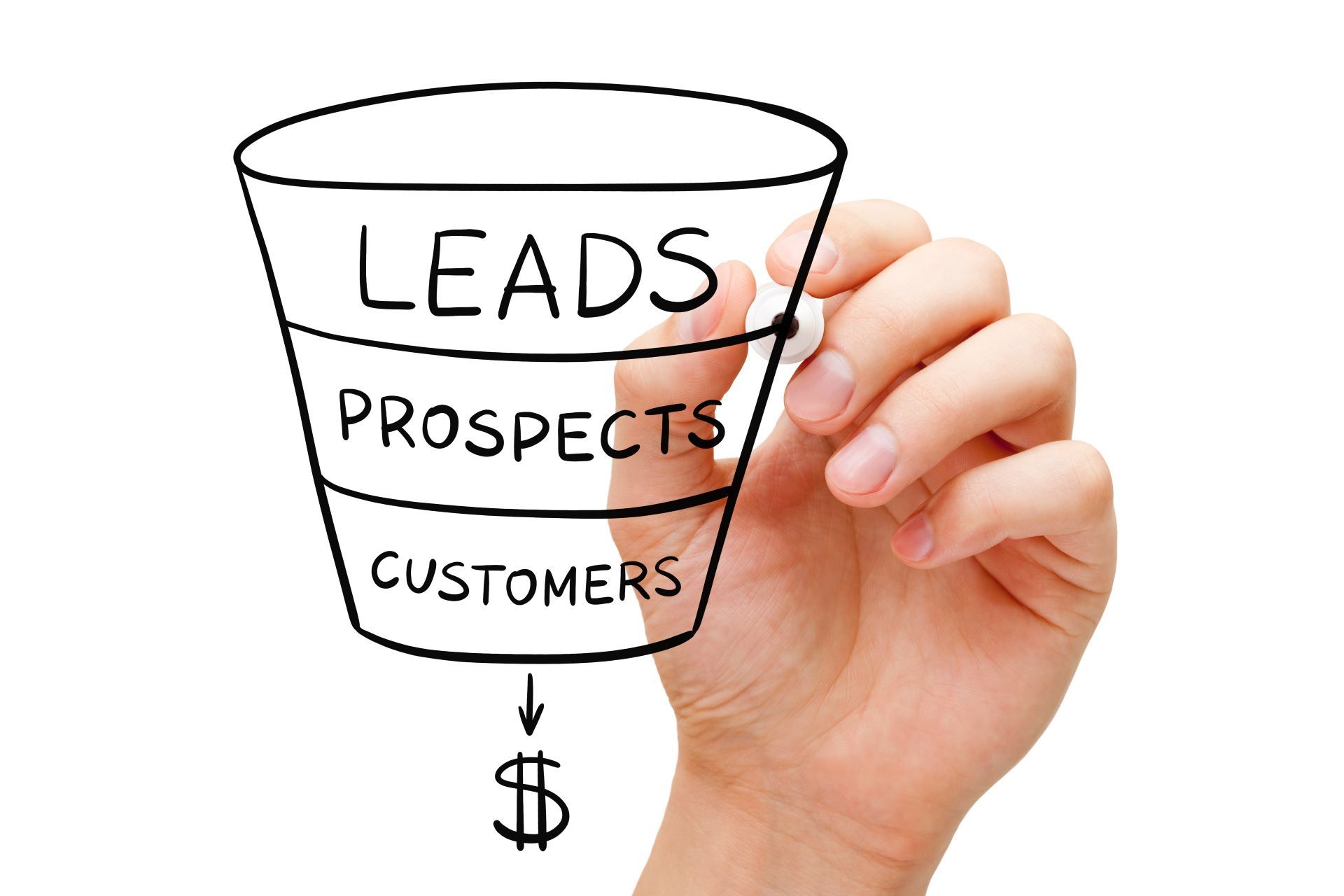What Is The Difference Between BDR and SDR?
Hiring or expanding a sales team is an exciting time as it’s traditionally a sign your business is growing. At one point or another, you probably heard about business development representatives (BDR) and sales development representatives (SDR).
While these two roles are similar, their exact functions are very different. The problem is that in smaller companies, employees working in sales usually take on multiple roles. Thus, these two different positions are often merged into one, even though it would be wise to separate them.
Let’s take a look at the difference between BDR and SDR and how best to approach them.
What A Business Development Representative Does
To understand the difference between BDR and SDR, we first need to understand each role.
Let’s start with BDR.
The main role of these representatives is to broaden the client and customer base of a company through the use of multiple prospecting
methods to generate leads. Thus, they set up the outreach process.
Because BDRs support the entire sales pipeline of the company, their role is crucial for the success of the whole sales department.
They’re also responsible for building relationships with potential clients, converting them from cold leads into warm leads by leading them further down the sales pipeline.
The duties of BDR can be described as creative and dynamic. Brainstorming new ideas and discovering business opportunities is a daily activity for these representatives. This is especially true in the digital age, as leads can come from a variety of sources including emails, social media, search engine results, and so on.
What A Sales Development Representative Does
Another member of the sales team, SDR is a representative in charge of the outreach process and connecting with prospects. Additionally, SDRs are also responsible for handling incoming leads (leads who discovered the business) from a variety of sources such as email, social media, and such.
Most importantly, these representatives have to figure out which leads are most likely to convert. In other words, they are responsible for qualifying the leads/lead scoring. They are the team members who decide whether a prospect is even worth investing in or if they’re never going to convert.
So What Is The Difference Between BDR and SDR?
The difference between BDR and SDR is in their role in the sales pipeline and the sales activities themselves. BDRs handle outbound leads, while SDRs handle the qualification of inbound leads.
Through prospecting, BDRs can establish a sales pipeline, while SDRs routinely move the leads further down the said pipeline.
Lastly, BDRs actively look for prospects and generate leads. SDRs qualify the leads, as they have a deep understanding of the prospect’s business and their unique goals.
In short, both roles help close the sale. The differences are there, however. This is why it’s important to make a proper distinction between the two while putting together a sales team. They not only have different roles, but they require different skill sets and qualities.
The Problem With Combining Both Roles
Now that the difference between BDR and SDR is clearer, it’s easy to see why one person handling both tasks can be detrimental to the success of the sales team.
Not to minimize the important role of SDRs, BDRs can make or break the sales process.
Unfortunately, many companies give this role to a junior sales rep who has the least experience, or someone who just graduated from college. Because BDRs have to do everything from research, lead generation, and networking to outreach and
lead qualification, putting someone inexperienced in this role is pretty much overkill.
To give you a better idea of what we’re talking about, here is a breakdown of each of the activities that these sales reps do:
1. Lead qualification
BDR and SDR roles are often used interchangeably because they both
qualify leads and pass them down to the account executive. They gauge if a prospect is interested enough in what the business is offering and whether they can be converted into customers along the way.
2. Research
Both representatives use similar channels to discover leads. BDRs do have a lot more on their plate, so to speak. Along with their efforts of tracking down potential leads, they often also work with other departments to develop strategies for expanding to new markets
3. Networking
Generating new leads is sometimes more effective in person. BDRs often have meetings with potential customers, or even attend events and seminars.
4. Methods of engaging with prospects
BDRs have to work hard to get responses from prospects. They usually have to use email marketing or cold calling to achieve this. Thus, this role can be described as more aggressive and chaotic when compared to SDRs who work within pipelines that are more neatly structured.
Why Separating The Roles Is The Key To Success
The difference between BDR and SDR is generally blurred because none of the sales reps close deals. They simply ‘’warm up’’ the lead, qualify it, and pass it to a senior executive.
In traditional companies, there might be multiple sales reps, such as:
1. Lead development reps who communicate with qualified leads
2. Inbound Sales reps who make inbound calls to drive sales
3. Account Development reps who build and maintain customer relationships, and habitually handle high-profile clients
4. Marketing Response reps who follow up with leads acquired from inbound marketing
Combining sales roles typically ends up being inefficient because the exact steps are harder to repeat consistently. Having different roles and dividing the lead management into specific stages usually ensures a
successful sales process that can be easily repeated.
The formal sales process simply works better, which is why it’s a mainstay in larger, successful companies - and why it should be in yours.
Every Role Matters
Sales teams should work like a well-oiled machine in which every rep is like a cog with a whole different set of responsibilities. While it’s not always for businesses to hire multiple sales reps, the difference between BDR and SDR and their roles are both crucial aspects of lead generation no company should ever ignore.
Your business shouldn’t miss out on opportunities because a salesperson is overworked and trying to fill multiple roles.
Both reps need to have a clear role that they understand in and out for your company to operate properly. If you hired one person to do a two-person job, you should seriously consider dividing these two roles, as business gods intended.
Disclaimer: The information on this website and blog is for general informational purposes only and is not professional advice. We make no guarantees of accuracy or completeness. We disclaim all liability for errors, omissions, or reliance on this content. Always consult a qualified professional for specific guidance.







